Description
What is carbon steel plate coil ?
Carbon steel plates are made from an alloy comprised of iron and carbon. Carbon Steel Plate is one of the most commonly used steels in the United States. Alloy steels can contain a variety of elements including chromium, nickel, and vanadium.
Hot Rolled Coil is a steel product in the form of coiled steel strip produced from the hot rolling process in the Hot Strip Mill facility. This product is usually called a” black steel” otherwise Cold Rolled Coil is called a “white steel” .
Product Description
The properties of carbon steel are high hardness, strength, wear resistance and anti-corrosion.
Carbon steel is an alloy with carbon and iron, with carbon content up to 2.1% by weight. The increase in the carbon percentage will raise steel’s hardness and strength, but it will be less ductile. Carbon steel has good properties in hardness and strength, and it is less expensive than other steels.
What Are the Most Common Hot-Rolled Steel Grades?
The following are the most commonly used types of steel grades for hot rolling:
- A-36
- 1010
- 1018
- A-1011
- 1026
- A-500
- 1045
- 1141
| Application | JIS | ASTM | SAE |
| Commercial Quality | G3131 SPHC | A569 A635 A659 A1011 CS Type A, B, C |
1006~1025 |
| Drawing Quality | G3131 SPHD | – | 1006-1010 |
| Deep Drawing Quality | G3131 SPHE | A622 A1011 DS Type A, B |
1006~1010 |
| General Structure (T.S. < 490 N/mm2) |
G3101 SS330 SS400 G3106 SM400A G3132 SPHT1 SPHT2 SPHT3 |
A36 A283 GR.C A570 GR.30~40 A1001 SS GR.30~40 |
1010~1025 |
| General Structure (T.S. ≧ 490 N/mm2) |
G3101 SS490 G3106 SM490A SM490A SM490YA G3132 SPH4 |
A570 GR.45~50 A607 GR.45~70 A1011 SS GR.45, 50 A1011 HSLAS GR.45~70 |
J1392 050X |
Available Size
| Thickness (mm) | Mill Edge Width (mm) |
Cut Edge Width (mm) |
Coil Inside Diameter (mm) |
|
| Coil | 1.50~6.50 | 720~1860 | 762 | |
| Coil | 6.51~10.00 | 850~1500 | 762 | |
| Strip | 1.50~6.50 | 30~720 | 762 |
| Thickness (mm) | Mill Edge Width (mm) |
Coil Inside Diameter (mm) |
|
| Plate | 6.00~150 | 500~4000 | 1200~18000 |
| Sheet | 1.50~5.99 | 50~1845 | 760~6100 |
Application
Carbon hot rolled steel sheets and plates are used in the welding and construction sectors such as railroad tracks, construction equipment, boom cranes, agriculture equipment and heavy vehicle frames. By varying the percentage in carbon steel, it is possible to produce steel with a variety of different qualities. In general, higher carbon content in steel makes steel harder, brittler and less ductile.
Carbon cold rolled steel coils and strips are produced with a highly adaptable manufacturing process, which are extensively used in automobile, washing machines, refrigerators, electrical appliances and steel office equipment. By varying the percentage in carbon steel, it is possible to produce steel with a variety of different qualities. In general, higher carbon content in steel makes steel harder, brittler and less ductile.
Parameter
| Product | Hot rolled carbon steel plate sheet or coil | Cold rolled carbon steel plate sheet or coil |
| Thickness | 3.0mm-200mm | 0.3mm-6.0mm |
| Standard Width | 1240mm/1500mm/1800mm/2000mm/2200mm | 1000mm/1219mm/1500mm |
| Standard Length | 2438mm/6000mm or as client’s requirement | 2000mm/2439mm/3000mm or as per client’s requirement |
| Standard | ASTM,JIS,SUS,GB,DIN | ASTM,JIS,SUS,GB,DIN |
| Packing | Standard export packing for stainless steel sheet:1.surface polish,2: bundle package,3:wooden case,wooden pallet package,4:container or bulk,5:special according to customer’s request | |
| Application | carbon Steel Sheet are widely used in below fields:1.Construction field,shipping building industry2.Petroleum and Chemical Industries3.Food and Mechanical Industries4.Boiler Heat Exchange5.Machinery and Hardware Industries | |
A-36
This is one of the most popular hot-rolled steels that we sell at Bushwick. With a carbon content of between 0.25% and 0.29%, this is low carbon steel. As mentioned above, the “A” in this ASTM grade denotes steel. And in this case, the “36” means that this steel’s tensile strength has a minimum yield of 36,000 psi. A-36 is easy to machine and weld, and its mechanical characteristics are superb.
A-36 is popular for use in structural applications. It is common steel for making bars, channels, angles, plates, tubes, and shafts.
1010
This steel has a very low (from 0.08%–0.13%) carbon content. It is readily machinable and weldable, and it forms easily compared to higher carbon and alloy steels.
1018
AISI 1018 is another fairly low-carbon steel (0.14%–0.20% carbon content). Aside from slight differences in ductility and tensile strength, it is nearly indistinguishable from AISI 1010.
Both 1010 and 1018 are ideal for use in structural, automotive, and furniture applications.
A-1011
This designation is for high-strength low-alloy steel that contains trace amounts of other elements. It boasts improved formability and is extremely versatile.
A-1011 sees common use in structural steel sheets, automotive bodies, and drums.
1026
The characteristics of AISI-designated 1026 are very similar to those of ASTM’s A-36 steel. They have similar chemical properties, and 1026’s 0.22%–0.26% carbon content places it on the upper end of the low carbon steels. When hot rolled, 1026 and A-36 also perform nearly identically. Both 1026 and A-36 are suitable when more strength and durability than 1010 or 1018 are required.
Hot-rolled 1026 is a regular constituent of structures, automotive components, and furniture.
A-500
A-500 is another low carbon (up to 0.26% by weight) steel that is commonly hot rolled. It is very similar to A-36, except that A-500 is only used to make tubing. Despite the specificity of the form in which it’s available, A-500 still sees common use in structural applications.
1045
This steel contains 0.42%–0.50% carbon, making it a medium carbon steel. As such, it is generally stronger than other hot-rolled steels that have lower amounts of carbon. And due to its higher carbon content, it can be heat treated with quench hardening or annealing, which greatly alters its mechanical characteristics compared to lower carbon steel. However, because of its increased hardness, it is much less ductile. This should be kept in mind when considering what application to use it in.
1141
Being another medium carbon steel, 1141 contains 0.37%–0.45% carbon. However, what sets it apart from similar “10” varieties of steel is its additional 1.35%–1.65% manganese and 0.08%–0.13% sulfur content. These additional elements make 1141 more conducive to heat treating than 1045 steel.
Despite its medium carbon content, which generally translates to greater hardness, 1141 is also much less harsh on machining tools. That makes it something called a “free machining steel.” However, the added sulfur means that 1141 is unsuited to welding.
AISI-designated 1141 is typically used to make a few different fasteners and other parts that require relatively heavy machining.
What Is Hot-Rolled Steel Used For?
Hot-rolled steel serves multiple purposes. Here are a few examples:
- Materials for buildings: From steel bars to steel beams, there is a good steel alloy for every project.
- Support for big rigs: Modern truck frames are constructed out of steel.
- Supplies for builders: Hot-rolled steel makes doors and shelves stronger.
Here are five industries that benefit from hot-rolled steel supplies.
The Automotive and Transportation Industry
Quality steel is a staple in the automotive industry because it has an excellent strength-to-weight ratio. This is why the most aerodynamic cars will have steel components. Besides automobiles, steel also benefits
- Ship manufacturers
- Aircraft manufacturers
- Train manufacturers
The Best Hot Rolled Steel Grades for Automotive Businesses
In the automotive world, A36 is the preferred grade for most manufacturing projects. Unlike most steel materials, A36 hot-rolled steel is very affordable, so it’s the best option for lengthy manufacturing runs. Some companies also use 1011 steel sheets and plates to build different automotive products. This grade is durable, and it’s very easy to work with.
Hot-rolled steel tubes help automotive businesses too. An A513 is a good grade because it’s easy to cut and weld.
The Construction Industry
In the construction industry, steel is extremely useful because it’s
- Highly durable
- Energy efficient
- Long-lasting
- Reliable
Thanks to refined construction practices, steel structures are everywhere in the United States. It’s used for railroads, homes, commercial buildings, and more.
The Best Hot Rolled Steel Grades for Construction Businesses
Thousands of construction companies invest in A36 hot-rolled steel bars and A513 hot-rolled sheets. However, A36 steel bars are used more often because they have outstanding mechanical properties.
Energy Providers and Suppliers
The energy industry is always evolving. When there are big changes, all energy providers and suppliers must keep up with the latest advancements. If they cut corners, they will lose money. Every business in this industry needs the right infrastructure to be successful. There are many ways to create a sound infrastructure, but a typical blueprint will always require steel.
The Best Hot Rolled Steel Grades for Energy Suppliers
Typically, 1011 hot-rolled steel sheets and hot-rolled A513 steel bars are the best products roofing companies. They use high-quality 1011 steel sheets during roof repairs and A513 steel slabs for solar panels.
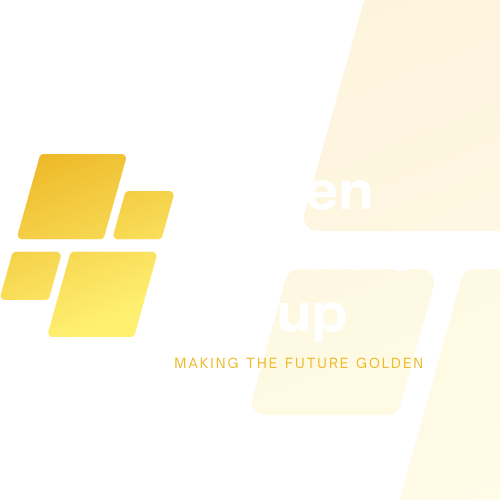
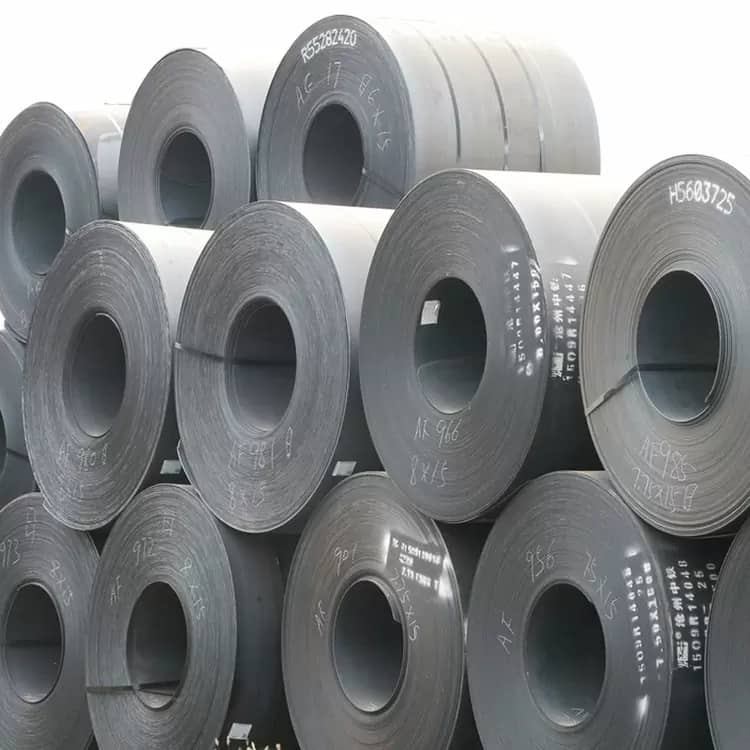
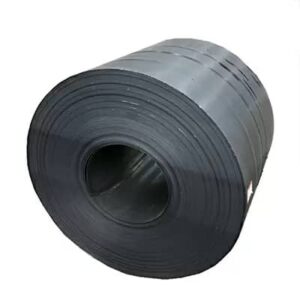
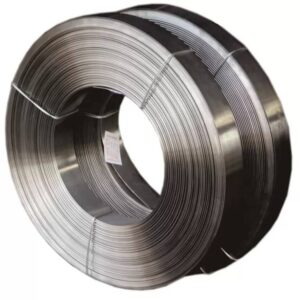
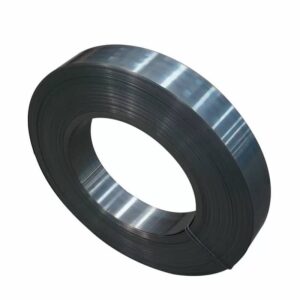
Reviews
There are no reviews yet.